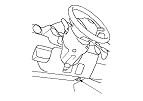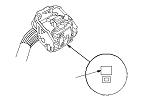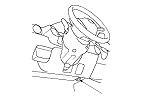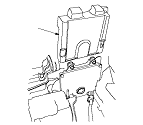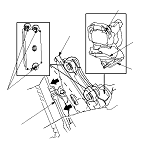How to Troubleshoot the Fuel and Emissions Systems
|
How to Use the HDS (Honda Diagnostic System)
If the MIL (malfunction indicator lamp) has come on
|
|
|
If the MIL did not stay on
If the MIL did not stay on but there is a driveability problem, do the symptom troubleshooting.
|
|
Scan Tool Clear Command
If you are using a generic scan tool to clear commands, be aware that there is only one setting for clearing the ECM/PCM, and it clears all commands at the same time (CKP pattern learn, idle learn, freeze data, on-board snapshot, and DTCs). After you clear all commands, you then need to do these procedures, in this order:
ECM/PCM idle learn procedure;
CKP pattern learn procedure.
|
|
CKP Pattern Clear/CKP Pattern Learn
Clear/Learn Procedure (with the HDS)
Learn Procedure (without the HDS)
|
|
|
Substituting the ECM/PCM
Special Tools Required
NOTE: Use this procedure when you have to substitute a known-good ECM/PCM during troubleshooting procedure.
|
|
|

